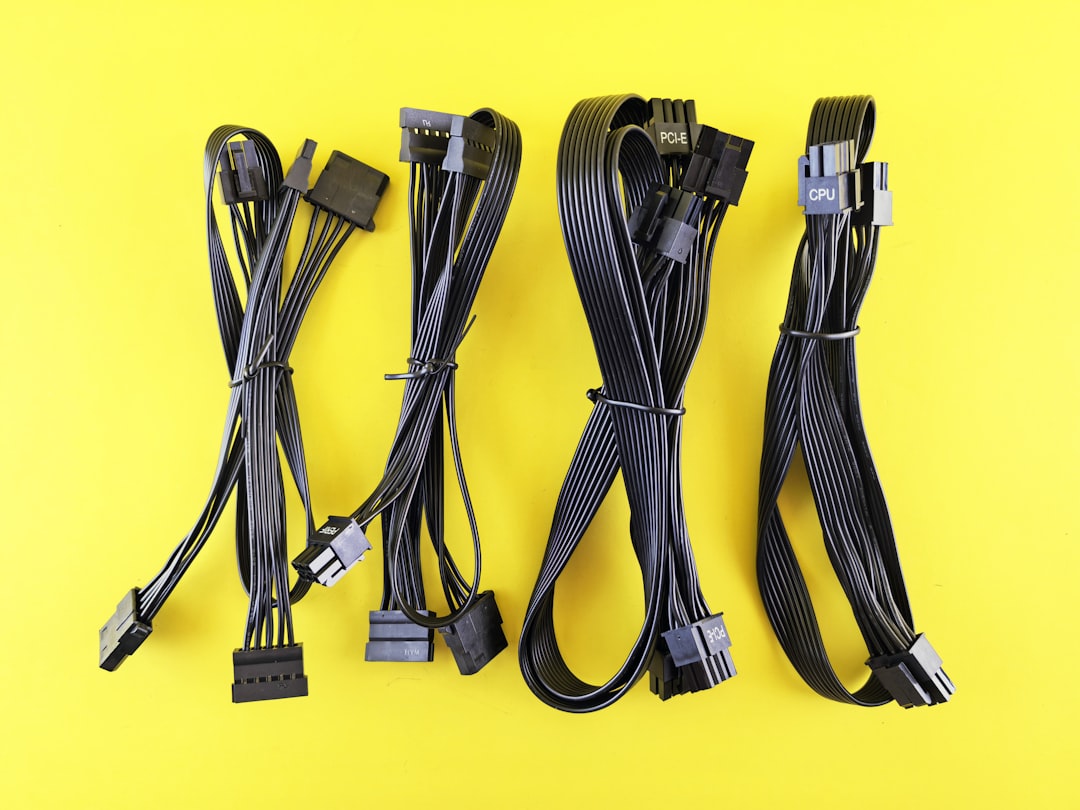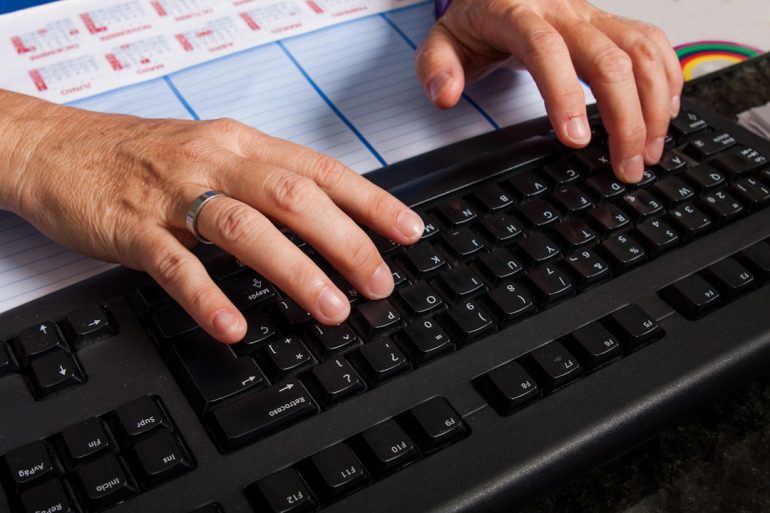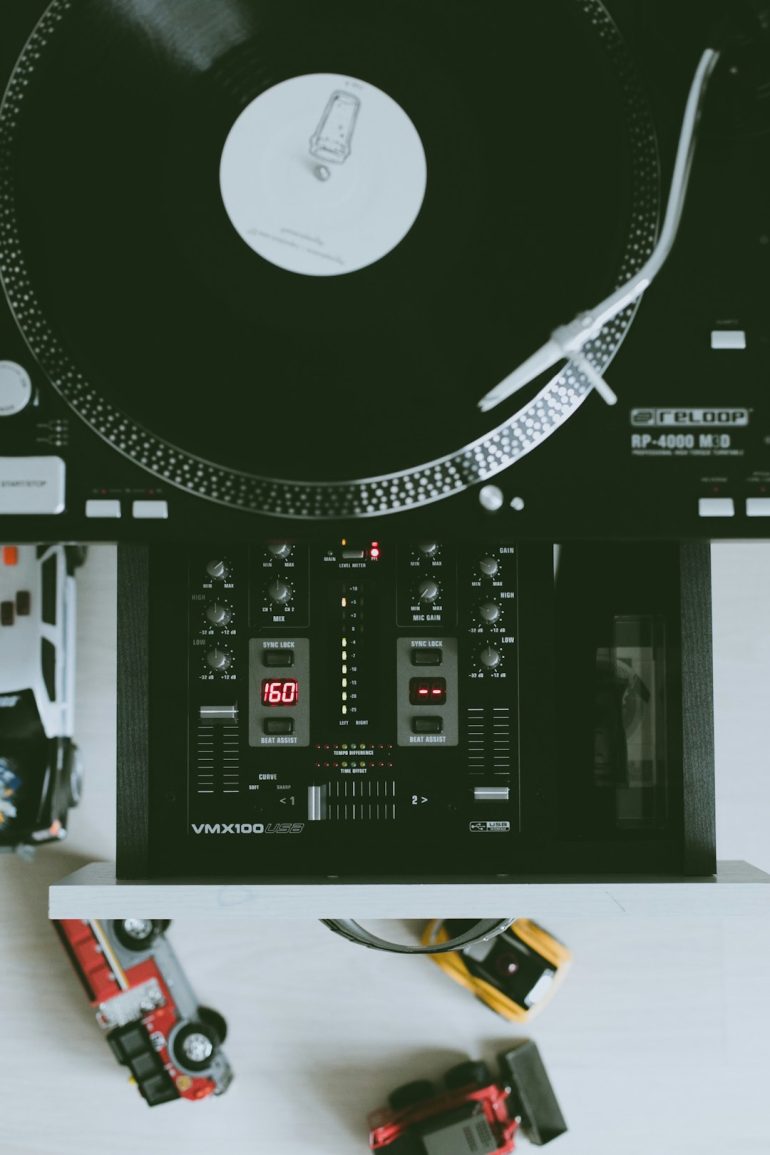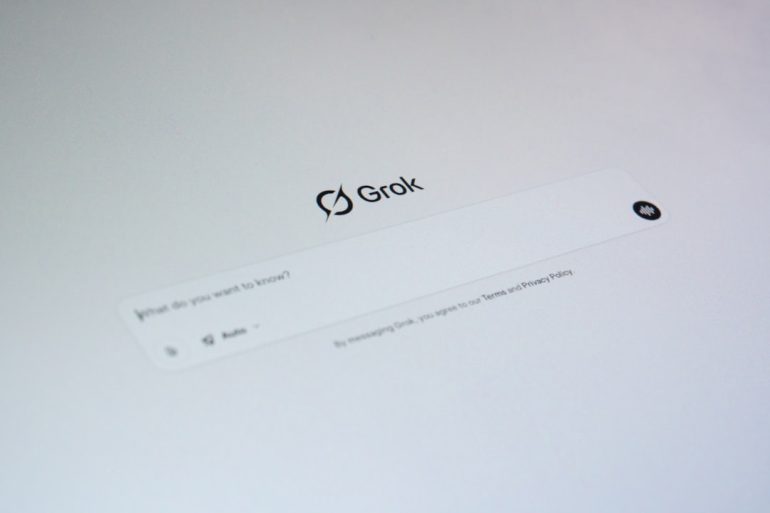What Is a SATA Cable Used For? [Guide 2025]
In the ever-evolving world of computing hardware, understanding the various components that make up a computer system can be extremely beneficial. One such component is the Serial ATA (SATA) cable. Despite being a small piece of the puzzle, this cable plays a vital role in the functionality and data management of desktops and laptops. As of 2025, even with the rise of newer technologies like NVMe, SATA cables still maintain relevance in many systems. This guide explores what a SATA cable is, what it’s used for, and why it remains an essential part of many computing setups.
What Is a SATA Cable?
Table of Contents
A SATA cable is a type of data and power cable used in computers to connect storage devices like hard disk drives (HDDs), solid-state drives (SSDs), and optical drives to the motherboard. SATA stands for Serial Advanced Technology Attachment, and it replaced the older Parallel ATA (PATA) cable standard due to its improved performance and design.
There are primarily two types of SATA cables used in PCs:
- SATA Data Cable: Transfers data between the storage device and the motherboard.
- SATA Power Cable: Supplies power from the power supply unit (PSU) to the storage device.
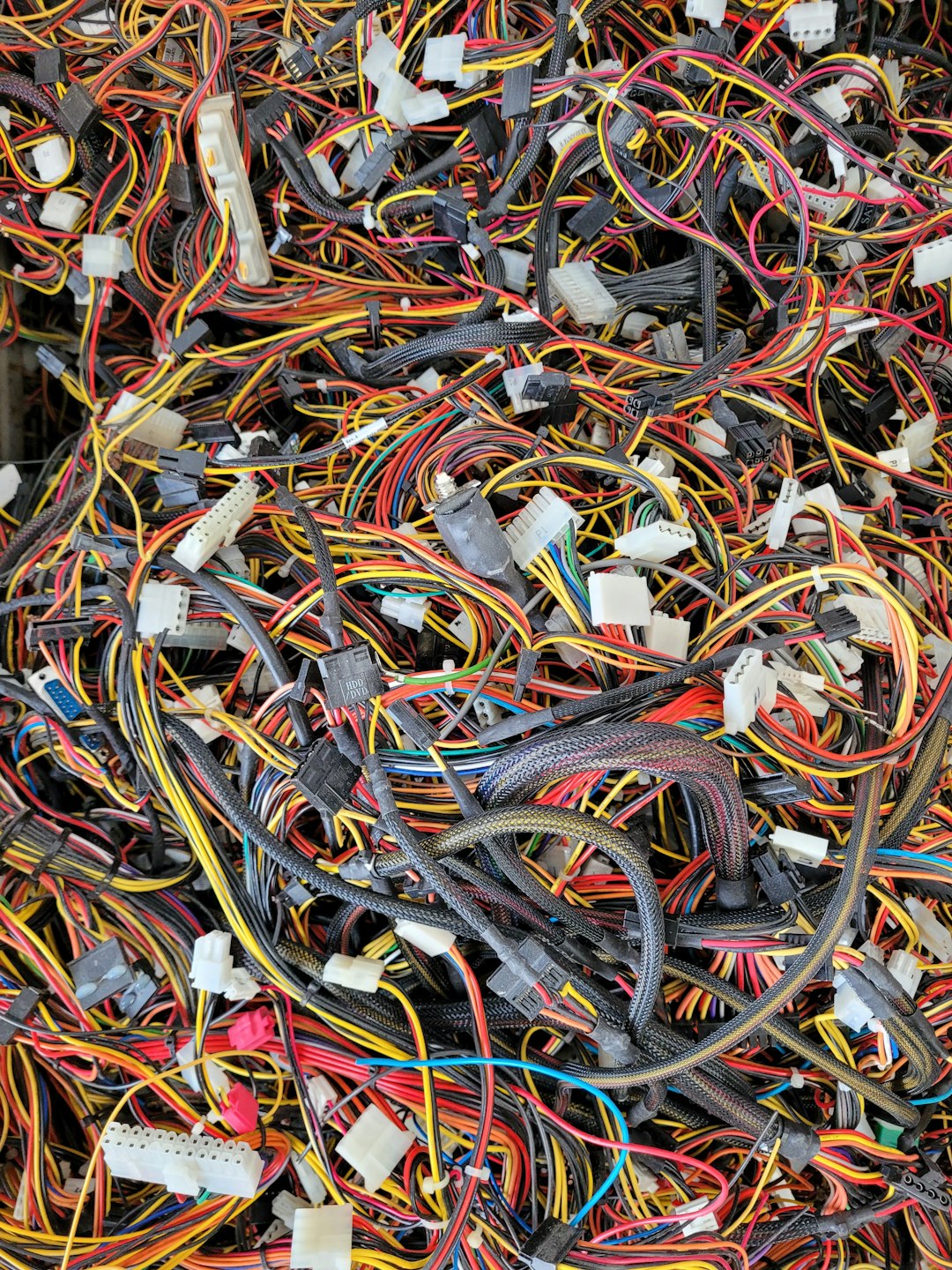
How Does a SATA Cable Work?
Unlike Parallel ATA, which sent multiple bits of data in parallel pathways, SATA transfers data serially, which means bits are sent one at a time in a continuous stream. This method drastically reduces cable size and improves airflow within the chassis, contributing to better thermal performance. SATA cables feature smaller connectors and are easier to manage during PC builds or upgrades.
The architecture of SATA allows for significantly faster data transfer speeds, with various iterations offering increased performance. For example:
- SATA I: Up to 1.5 Gb/s
- SATA II: Up to 3.0 Gb/s
- SATA III: Up to 6.0 Gb/s
Most modern SATA drives and motherboards as of 2025 use the SATA III interface due to its enhanced speed and stability.
Common Uses of SATA Cables
SATA cables are most commonly associated with the following hardware in a computer:
- Hard Disk Drives (HDD): Traditional storage devices that require both data and power SATA connections.
- Solid-State Drives (SSD): Faster storage solutions that use no moving parts but still often connect via SATA.
- Optical Drives: Devices like DVD and Blu-ray readers/writers still use SATA in many legacy or niche systems.
To install such a device, a SATA data cable is plugged into the appropriate port on the motherboard, and a SATA power cable from the PSU is connected to the device. Once secured, the device becomes part of the system and can be accessed through the operating system.
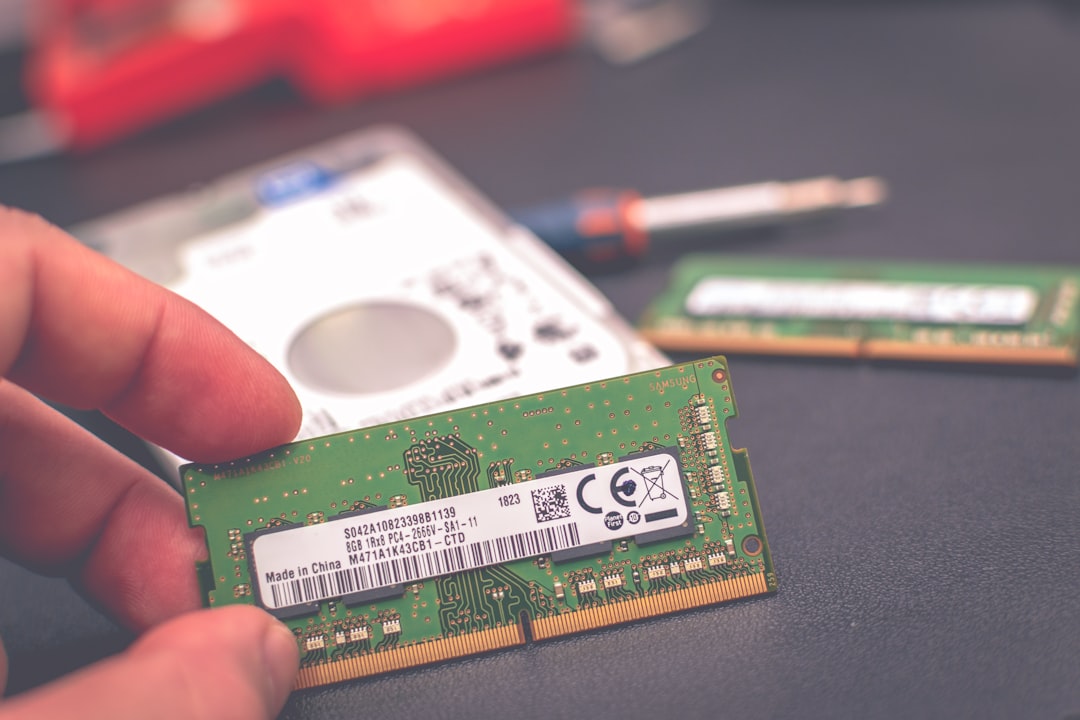
SATA vs. NVMe: Is SATA Still Worth It in 2025?
In recent years, NVMe (Non-Volatile Memory Express) drives have gained popularity due to their dramatic speed advantages, connecting directly through the PCIe interface. However, SATA-based storage is still relevant for a variety of reasons:
- Cost-Effectiveness: SATA drives, particularly HDDs, are much cheaper than their NVMe counterparts, making them ideal for mass storage.
- Compatibility: Almost all motherboards support SATA ports, ensuring widespread usability.
- Ease of Use: SATA cables are simple to attach, making them user-friendly, especially for beginners or hobbyist PC builders.
- Storage Capacity: Many high-capacity hard drives (10TB or more) are available primarily with SATA interfaces.
Tips for Managing SATA Cables
Proper cable management is crucial for optimal system performance, airflow, and aesthetics. Here are some helpful tips:
- Use Cable Ties: Group similar cables together and secure them neatly to one side of the case.
- Opt for Right-Angle Connectors: These connectors can help in tight spaces or compact cases.
- Avoid Bending: Excessive bending can damage the internal wires of the SATA cable.
- Label Your Connections: If you have multiple storage devices, labeling can help identify which cable goes where.
Are All SATA Cables the Same?
While most SATA data cables are similar in function, there can be differences in build quality, length, and connector style. Features to look for include:
- Locking Latches: These small clips provide a more secure connection.
- Shielded Cables: Prevent electromagnetic interference for more stable data transfer.
- High-Speed Certification: Some cables are rated specifically for higher-speed SATA III performance.
Likewise, power SATA cables may vary slightly depending on the PSU or if you’re using adapters to connect older hardware.
Potential Issues with SATA Cables
Users occasionally face problems with SATA connections. Common issues include:
- Loose Connections: Ensure cables are firmly inserted into both the motherboard and the device.
- Faulty Cables: A damaged or low-quality cable can disrupt data transmission.
- Outdated Firmware: Compatibility issues may arise if either the motherboard or storage device firmware is not up to date.
If a drive is not being recognized, troubleshooting should begin with checking the cable connections and then replacing the cable if necessary.
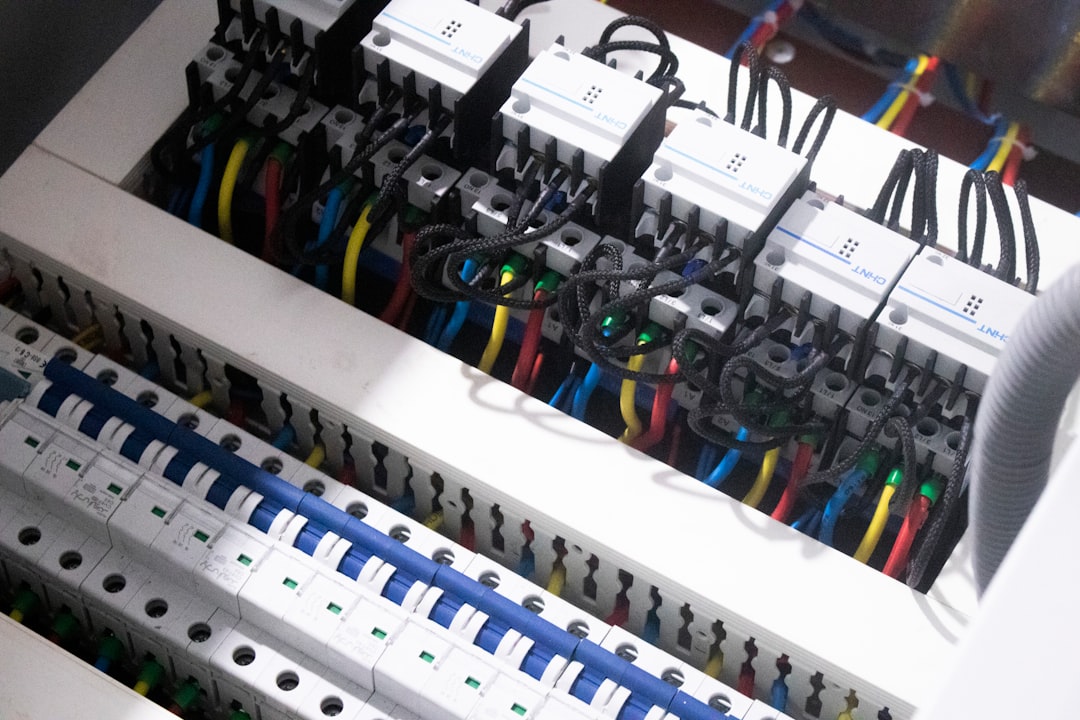
Conclusion
Although new storage technologies like NVMe are dominating the high-performance market segment, SATA cables retain their value and utility in a well-rounded computing environment. They offer affordability, wide compatibility, and are an excellent choice for non-critical or bulk storage solutions. Whether building a gaming rig, upgrading an old PC, or assembling a home server, chances are you’ll be working with a SATA cable. Understanding what it does and how to use it effectively is an essential skill for any tech enthusiast or IT professional.
Frequently Asked Questions (FAQ)
- Q: Can a SATA cable be used for both data and power?
- A: No. SATA has separate cables for data and power. The data cable connects the storage device to the motherboard, while the power cable connects to the power supply.
- Q: Do I need a new SATA cable for an SSD?
- A: If you’re installing a SATA SSD and already have spare SATA III cables, you do not need a new one. Just ensure it’s compatible with the drive’s speed capabilities.
- Q: Are SATA cables backward compatible?
- A: Yes. SATA standards are backward and forward compatible. A SATA III device will work with a SATA II port and cable, but at reduced speeds.
- Q: How long can a SATA cable be?
- A: SATA cables are generally rated for lengths up to 1 meter (about 3.3 feet) to ensure signal integrity and stable performance.
- Q: Can I use NVMe and SATA drives in the same system?
- A: Yes. Most modern motherboards support both SATA and NVMe interfaces, allowing you to use both simultaneously for flexible storage configurations.

